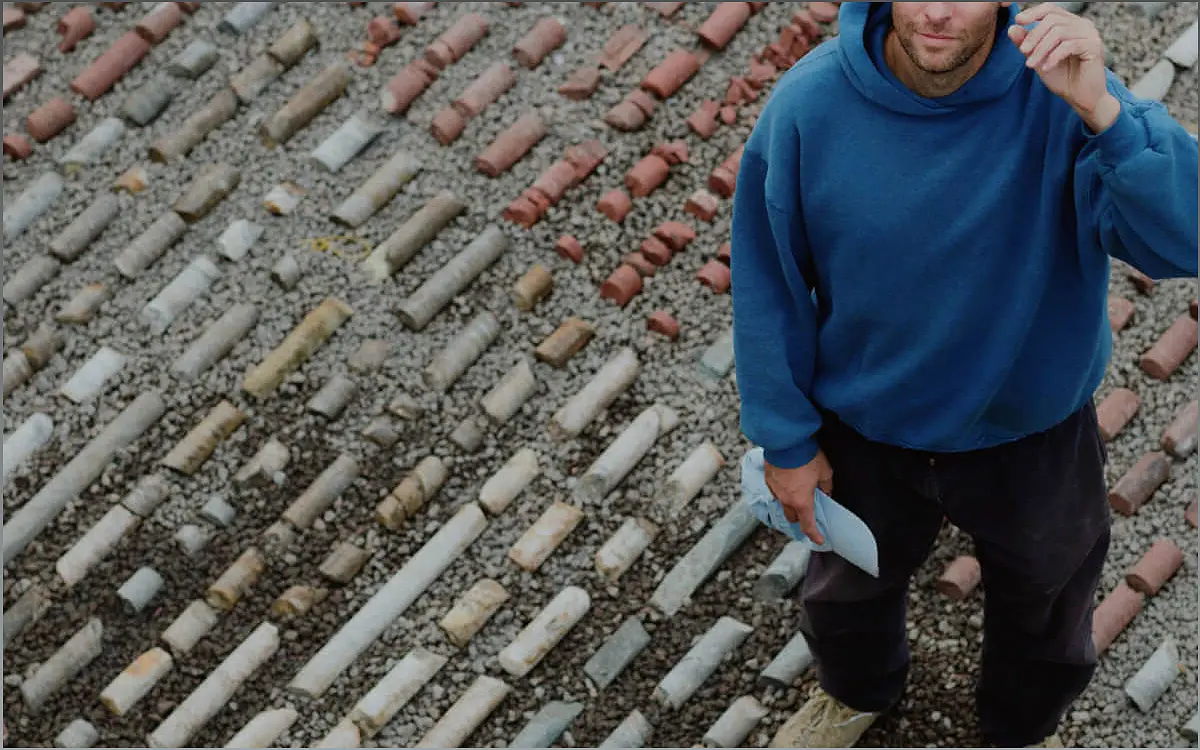On Manhattan's Lower East Side, a new temporary installation by artist Carlos Irijalba is making waves. Joined an Avalanche, Never to be Alone Again reflects on the escalating battle against climate change through a three-part installation made of recycled materials. As floods threaten New York City, this installation serves as a powerful reminder of the need for resilience and sustainability. Let's dive into the details of this thought-provoking project.
Reflecting on the Impact of Climate Change
Explore the first part of the installation that captures the essence of climate change
The first part of Carlos Irijalba's installation, titled 'The Wave,' serves as a powerful visual representation of the impact of climate change. This 1:1 scale low-tide wave, made of 100 percent recycled asphalt, symbolizes the beginning of a flood, creeping in from the river onto the sidewalk. It reminds us of the potential consequences of rising sea levels and the urgent need for action.
As you stand before this monumental wave, you can't help but feel a sense of awe and unease. The preserved lava spill-like appearance of the wave serves as a stark reminder of what was here before and what this same place might become. It's a thought-provoking experience that challenges us to confront the reality of climate change.
Highlighting Interpecies Coexistence
Discover the second part of the installation that celebrates the resilience of coastal habitats
Adjacent to 'The Wave,' Carlos Irijalba's second installation, called 'The Fence,' showcases unexpected images of animals on repurposed fencing material from the Franklin D. Roosevelt East River Drive. This unique artwork celebrates the diverse range of species that survive in coastal habitats, highlighting the importance of interpecies coexistence.
As you walk along the 70 feet of repurposed fencing adorned with these captivating images, you can't help but reflect on the delicate balance of nature. From land to sea animals, each image tells a story of adaptation and resilience. It's a reminder that we are all interconnected and must work together to protect our environment.
Exploring the Layers of Bedrock
Uncover the final part of the installation that delves into New York City's urban planning
The last component of Carlos Irijalba's installation, named 'Pannotia,' takes us on a journey into the world of geotechnical drillings. These drillings are a routine procedure in New York City's urban planning projects, providing insights into the composition of the bedrock and determining construction limitations.
'Pannotia (2023)' and its predecessors are sculptures that display layers of bedrock from real site-specific drilling samples. This larger-than-life representation offers a unique perspective on the hidden layers beneath our city's surface. It invites us to contemplate the intricate relationship between nature and human intervention.
Conclusion
Carlos Irijalba's installation, 'Joined an Avalanche, Never to be Alone Again,' is a powerful testament to the intersection of art and climate change. Through his thought-provoking artwork, Irijalba invites us to reflect on the impact of climate change, celebrate the resilience of coastal habitats, and explore the layers of bedrock beneath our city.
As we stand before these installations, we are confronted with the urgent need for action and the importance of sustainability. It is a call to protect our environment and work towards a more resilient future. Let us be inspired by Irijalba's art and take steps to create positive change in the face of climate change.
FQA
What is the message behind 'Joined an Avalanche, Never to be Alone Again'?
The installation reflects on the impact of climate change and the need for resilience and sustainability.
What materials were used in the installation?
The installation is made of recycled materials, including asphalt, discarded fencing, and core sample drillings.
Where can I see the installation?
The installation is situated along the East River's seawall, just west of the Corlears Hook Park in Manhattan's Lower East Side.
How long will the installation be on view?
The installation will be on view through November 15.

